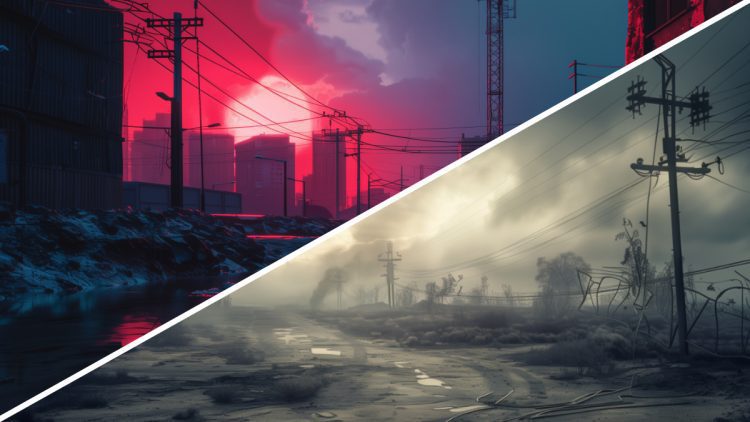Looking at what is popular in terms of genres, both in modern literature and what books are being adapted into films, the two genres post-apocalyptic and dystopian are often front runners.
A small problem in the industry is the two genres get used interchangeably when they are distinct. It is true, that both dystopian and post-apocalyptic books have a lot in common and sometimes they do fall into both categories.
If you love these subgenres of science fiction, take the time to understand not just the differences but the key features of each genre so you can dive even deeper into their stories and appreciate the genre requirements that create specific elements.
Related5 Post Apocalyptic Fiction Clichés We Hate
What Is The Key Difference Between Dystopian and Post-Apocalyptic Literature?
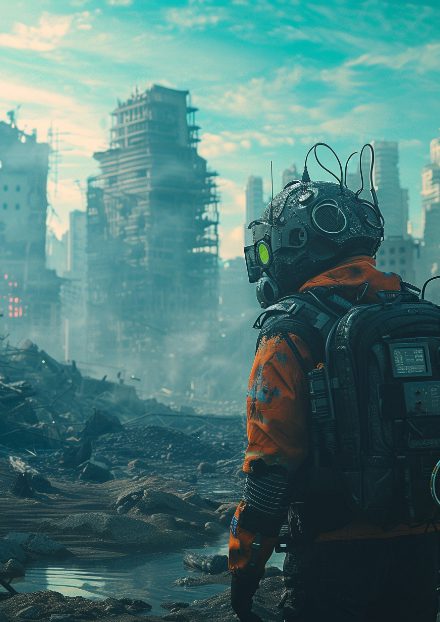
There is one major difference between dystopian and post-apocalyptic fiction: in dystopian worlds, it is insinuated that the world exists that way whereas post-apocalyptic refers to a global change after a catastrophic event.
So an event taking place relative to time (post-apocalyptic) versus the existence of a new state of being (dystopian). Here is where it gets tricky and there is a lot of crossovers: when an event in the past changed the world as the characters know it, but life has adapted to their new reality.
Therefore what does that make of your favorite books? The Hunger Games? Handmaids Tale? The Power? Take a look at the key features that define each genre and some clearly define classics from each one before we put the two together and dissect the social significance.
Key Features of Dystopian Fiction
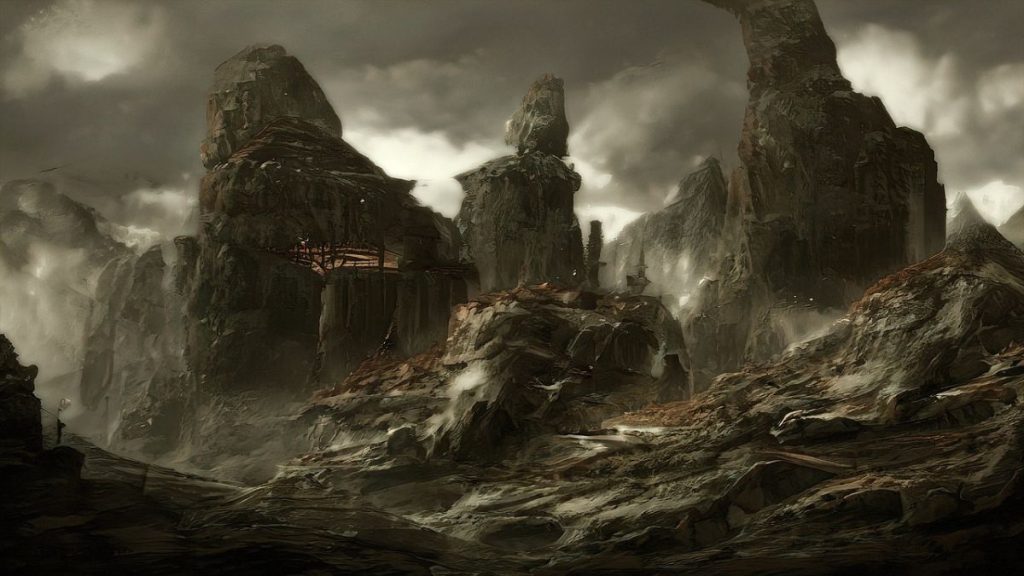
Dystopia quite literally is the opposite of a utopic (or idyllic) society. Therefore it always implies some kind of oppression or society living in dehumanizing conditions. Authors tend to take a problem in society and take that issue a little bit further. The easiest example is The Handmaid’s Tale where Margaret Atwood takes the social issue of women’s autonomy a step backward: creating a society where women are living without autonomy.
Back to the concept of time, dystopian fiction is set in the future relative to the “world-changing event” or apocalyptic event in some cases. Important to note that not all dystopian novels take place in the literal future, they can be historical fiction in dystopian societies.
Some examples of dystopian novels by these definitions include:
- 1984 by George Orwell
- A Clockwork Orange by Anthony Burgess
- Never Let Me Go by Kazuo Ishiguro
Now compare these main points to post-apocalyptic fiction.
RelatedIs Paranormal Fiction Always Meant To Be Scary?
Key Features of Post-Apocalyptic Fiction
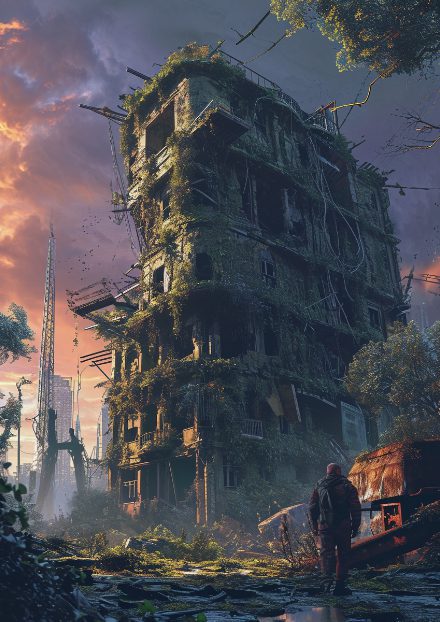
Going back through what has already been noted, time is the most important key feature. In post-apocalyptic fiction, characters are often dealing with a new way of life and trying to navigate how to survive in a society that is being rebuilt. There is often a survivalist element to these novels.
While dystopian novels share this sentiment, it is even more presenting post-apocalyptic fiction: the element of warning. There is nothing scarier and more motivating to get people thinking than the potential collapse of their society.
To pose some classic examples, add these post-apocalyptic mandatory readings to your list:
- The Road by Cormac McCarthy
- The Power by Naomi Alderman
- Blindness by Jose Saramago
So why do the two terms get interchanged so often, even by professions? There is a lot of cross-over, one could easily say they have more in common than what makes them different.
Why Do The Genres Get Confused So Often?
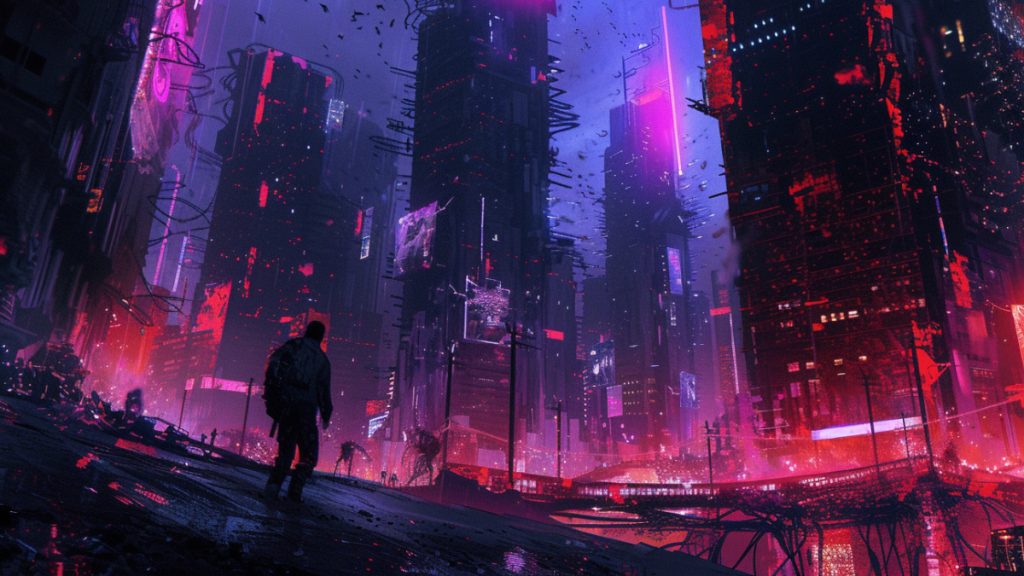
Both are subgenres of science fiction which is the principal reason that the terms get used interchangeably. Science fiction is often a reflection of society, dystopian and post-apocalyptic subgenres allow the author to imagine a different world struck by one catastrophe or massive change.
As the differences have been noted, the reason they get confused is what they have in common: both are used as a warning for readers about societal issues and tend to have elements of despair, survivalism and hope for change.
What do these elements of the subgenres say about literature and society?
RelatedHappy Hauntings: 10 Great Paranormal Horror Books To Read This Year
Social Concepts In Dystopian and Post-Apocalyptic Fiction
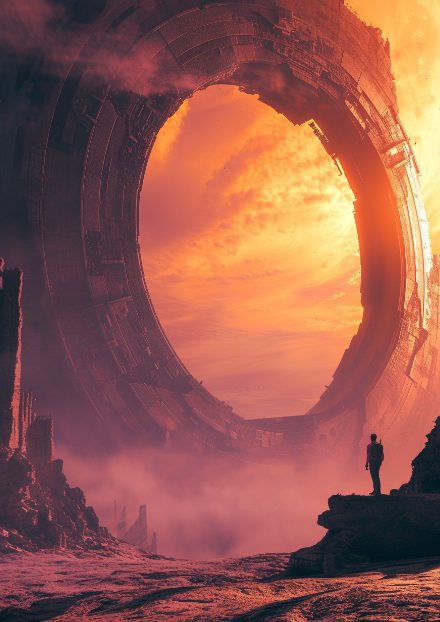
What makes these genres so popular to begin with is how readers are allowed to explore various outcomes of society through literature, and how these ideas spark conversations. A common theme in both dystopian and post-apocalyptic literature is feminism. Look at authors like Margaret Atwood, Naomi Alderman, and Octavia Butler who have all contributed massively to the genre, while reimagining words demonstrating gender inequality.
As pop culture becomes more and more politically charged, the dystopian and post-apocalyptic genres become more visible in literature as well as represented in screen adaptations as readers are seeing issues that they care about represented.

